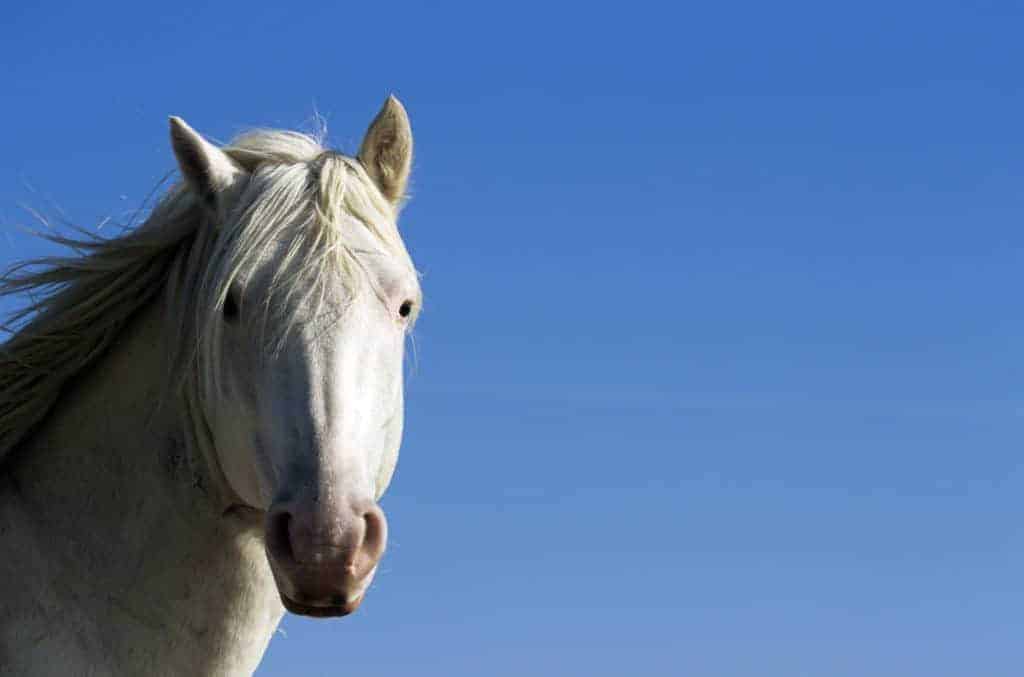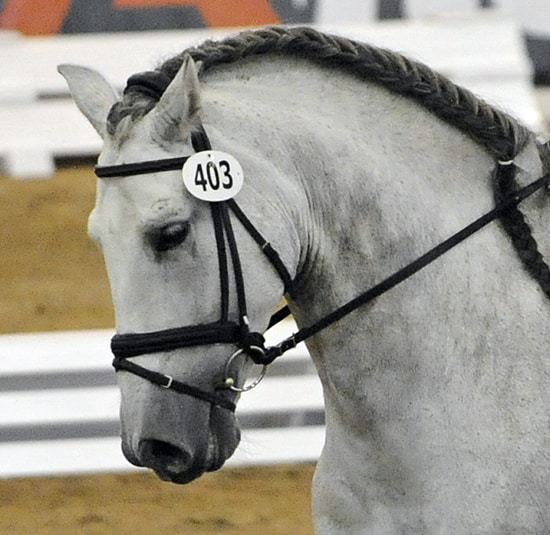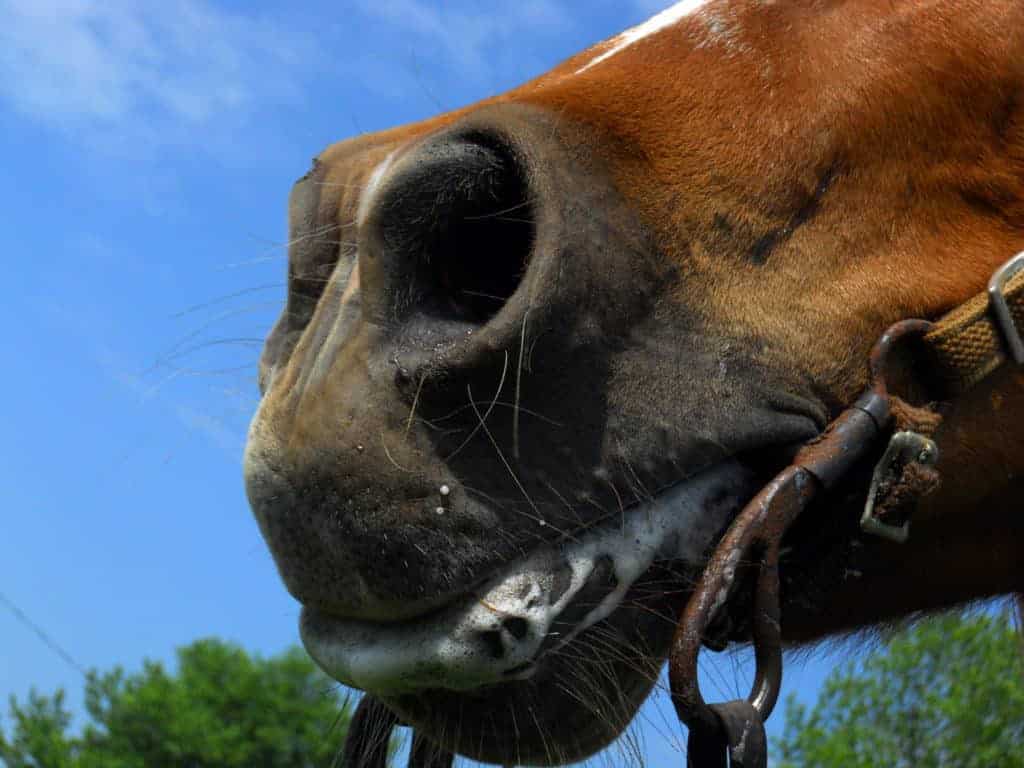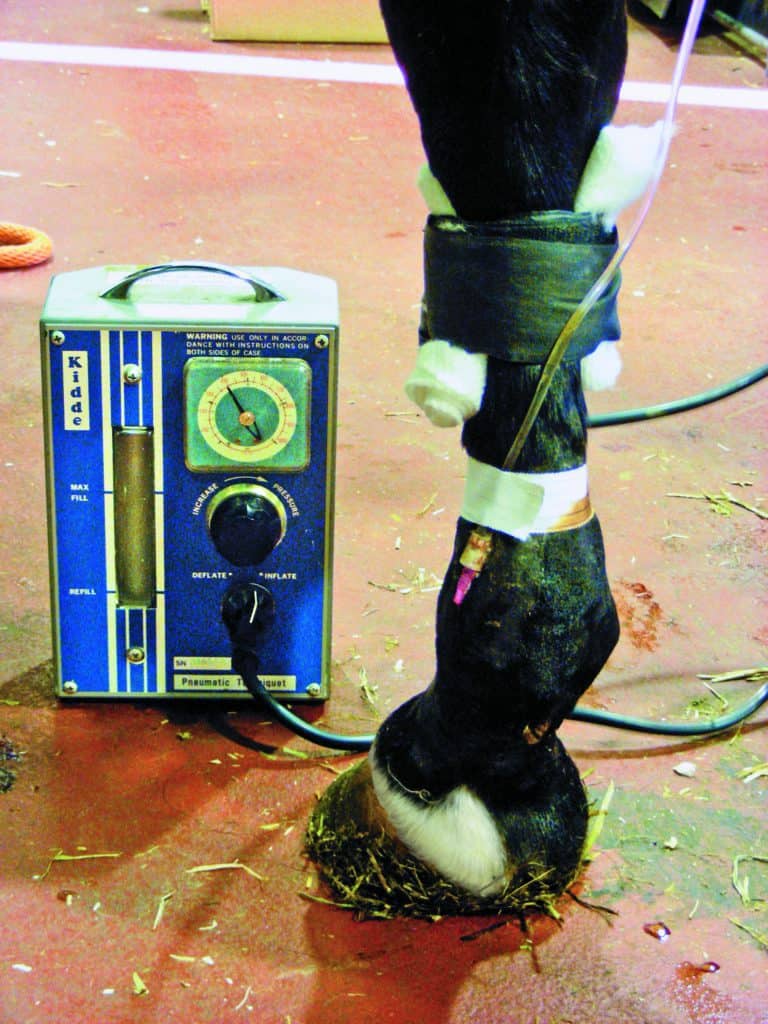
Treating Equine Upper Respiratory Tract Ailments (AAEP 2011)
A horse in respiratory distress or displaying other signs of airway ailments warrants a call to a veterinarian

A horse in respiratory distress or displaying other signs of airway ailments warrants a call to a veterinarian

Studies in human medicine are yielding promising results to support aucpuncture use in equine reproduction.
Researchers find large intestinal thickening could indicate multiple diseases in addition to colic.

Horse owners benefit from an understanding what goes on in a horse’s brain, according to one veterinarian.

Vets examined upper airway obstruction in horses being ridden and when displaying “normal” head carriage.

Even when NSAIDs are used appropriately, the drugs can still prove damaging to the patient.

The new test correlated well with the conventional insulin-sensitivity test and it was repeatable.

One researcher says that it is very rare to see a spontaneous quarter crack not associated with sheared heels.

An equine surgeon described an improved casting technique to reduce cast complications.

Researchers recently examined whether diagnostic anesthesia could skew the results of equine foot MRIs.

Inflammatory airway disease is a top cause of decreased performance and affects up to 50% of equine athletes.
A recent study showed anti-Mullerian hormone levels is a useful test for detecting granulosa cell tumors.

Research indicates that combining NSAIDs achieved no better results than using either drug alone.
Researchers found that MRI more accurately identified compression in CSM horses compared to radiographs.

Researchers and veterinarians are still working to better understand both the etiology and the disease itself.

Regional limb perfusion can be performed safely, effectively, and comfortably without general anesthesia.
Stay on top of the most recent Horse Health news with
"*" indicates required fields